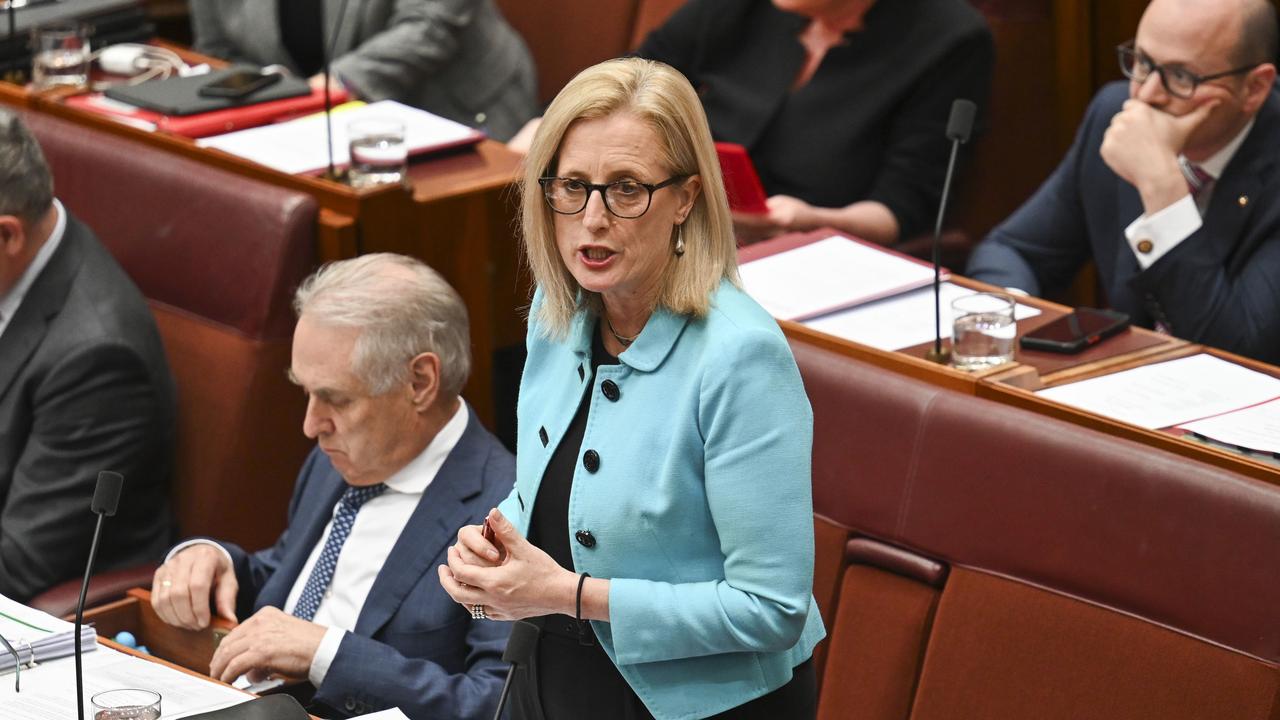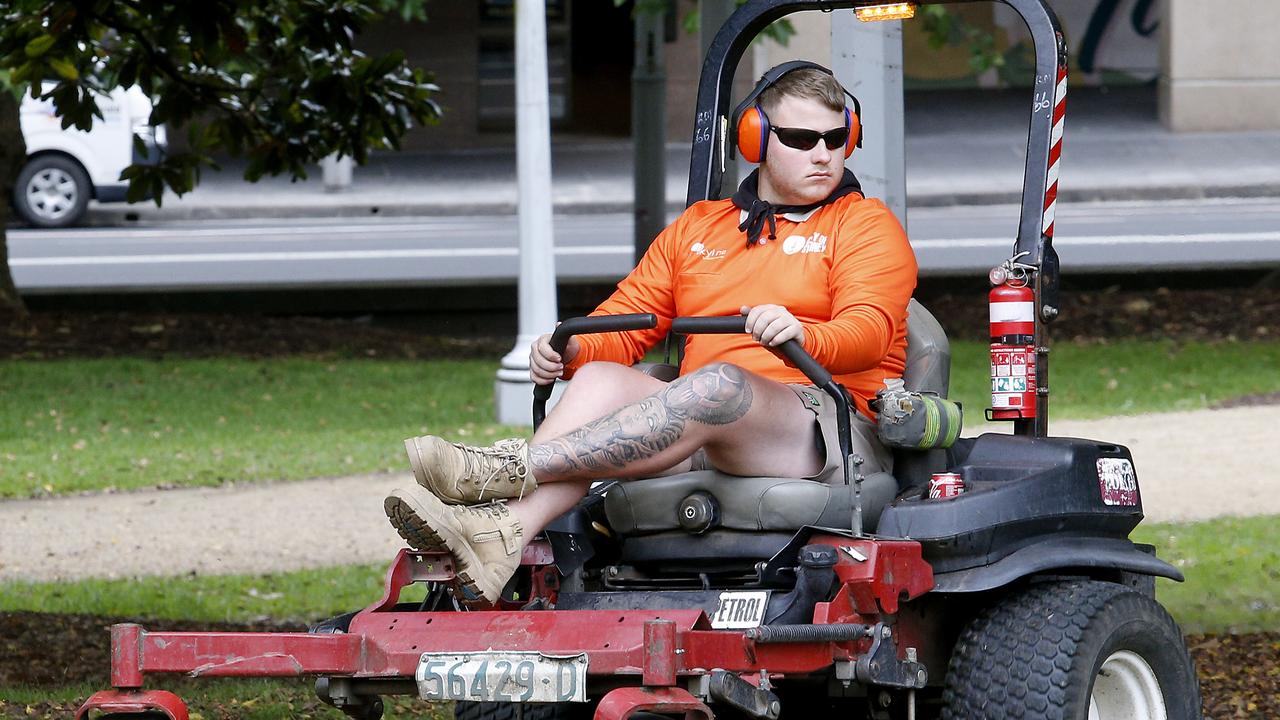Equal Pay Day: Shock amount women must work to earn the same as men
The shocking amount women need to work in order to earn the same as men has been revealed as experts call for change on Equal Pay Day.

At Work
Don't miss out on the headlines from At Work. Followed categories will be added to My News.
The shocking amount women need to work in order to earn the same as men has been laid bare as experts call to stamp out the gender pay gap.
Monday marks Equal Pay Day as well as the first 50 days into the new financial year, which is the same amount of additional days women need to work to earn the same as men per financial year on average.
While equal pay – where everyone is paid the same for equal or equivalent work – has been the law since 1969, the gender pay gap happens when more women are working in lower-paid roles than men.
Workplace Gender Equality Agency (WGEA) revealed two in three employers reported a pay gap higher than 5 per cent and in favour of men, while employers should be striving for a gap of about 5 per cent or less.
WGEA chief executive officer Mary Wooldridge called the country’s pay gap un-Australian.
“Australia’s gender pay gap is a limit on women’s lifetime earnings and it just doesn’t add up or align with the Australian values of equality and a ‘fair go’ for all,” she said.
“An employer that claims they’ve addressed their gender pay gap because they pay women and men the same for doing the same work are doing the bare minimum. Eliminating unequal pay is just one piece of the puzzle.”

Ms Wooldridge said the WGEA called on employers to understand the gender pay gap so they could take action in their workplaces.
Minister for Women Katy Gallagher published an opinion piece on Monday morning where she noted the gender pay gap had hit a historic low of 11.5 per cent.
“Having worked to drive women’s equality for more than two decades now, I know that it can often feel like our work is never done,” she wrote.
“Which is why I think it’s so important that we stop and celebrate significant progress like this, even if it is while we look forward to the work that lies ahead of us.”

Ms Gallagher added there was still “much more to do” given the gap was yet to hit zero.
“In fact, today is exactly 50 days since the end of financial year – the same number of extra days a woman would need to work to earn the same as a man did in that same financial year,” she wrote.
“For a standard 48-week work year, that’s more than one extra day per week, meaning that women in this country would need to work a six-day week to match men’s average earnings in a five-day week.”
She said the issue wasn’t as simple as making sure men and women who performed the same roles were getting paid the same.
“It’s about changing attitudes that mean that women’s work is often undervalued, that women are disproportionately concentrated in lower-paid industries, and that women disproportionately shoulder the burden of unpaid care work for kids and elderly family members,” she wrote.
Professional, scientific and technical services have the highest median gender pay gap, sitting at $28,387 according to the WGEA’s February report.
Financial and insurance services have a reported median pay gap of $27,110, followed by construction ($24,509) and information media and telecommunications ($24,024).
Originally published as Equal Pay Day: Shock amount women must work to earn the same as men








